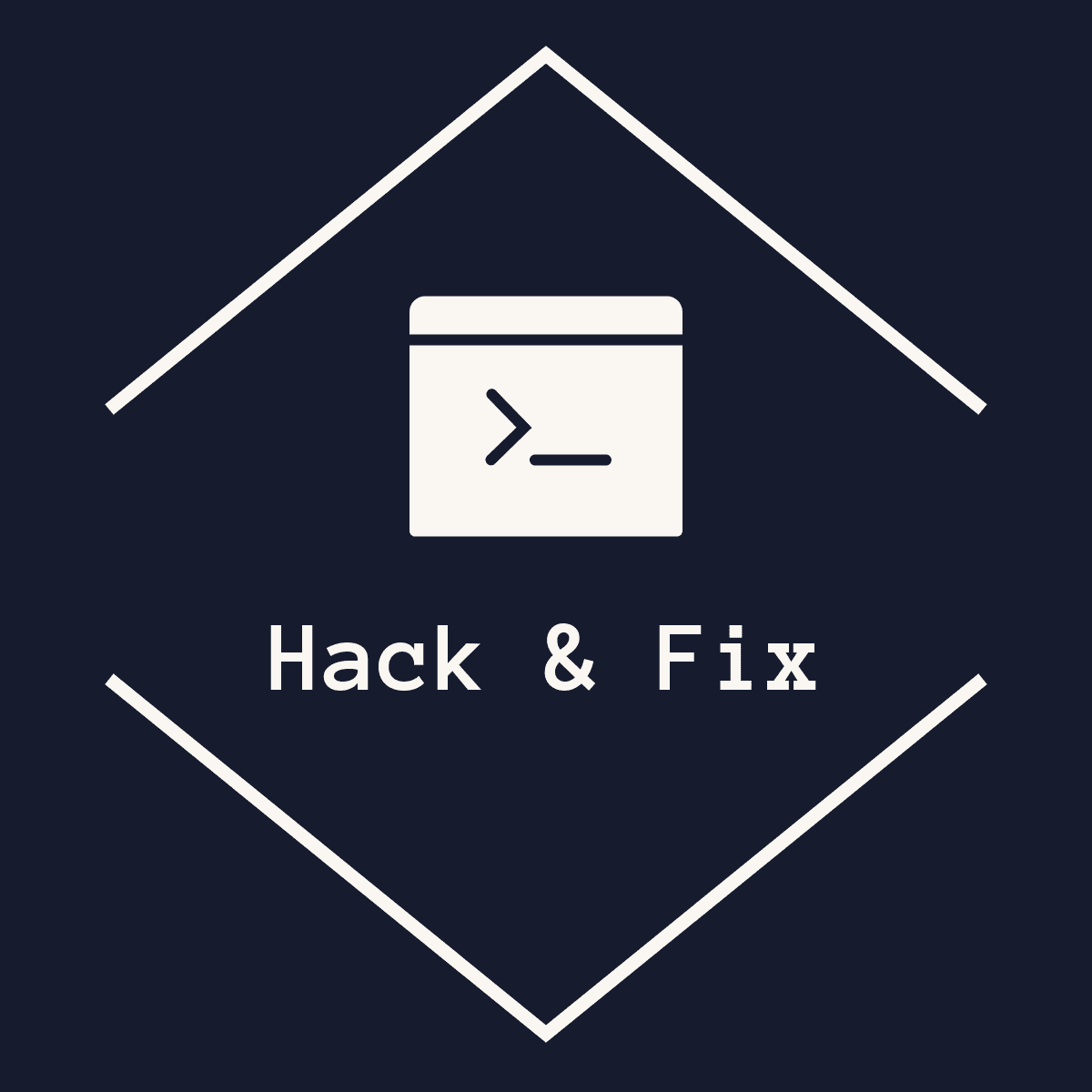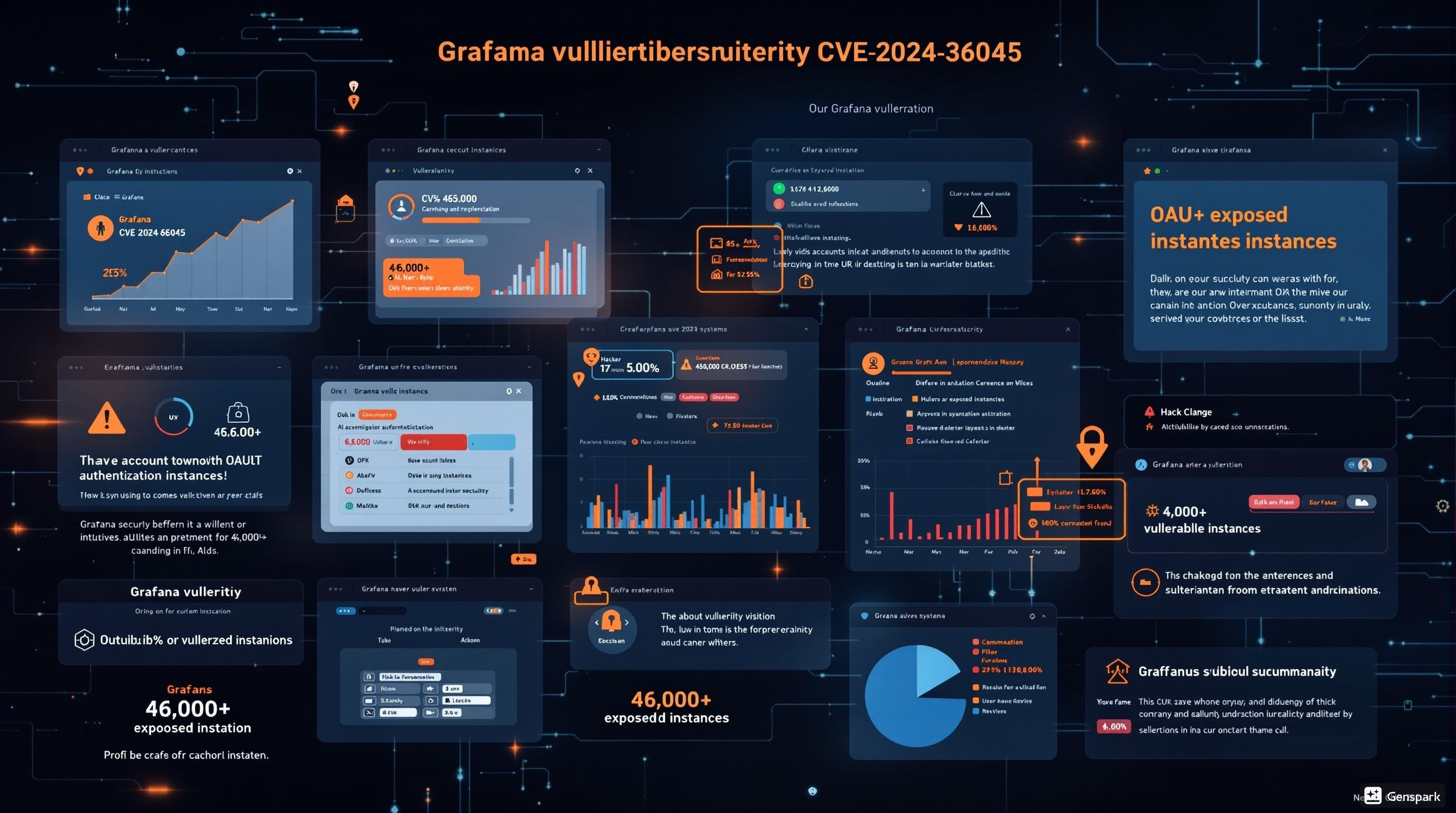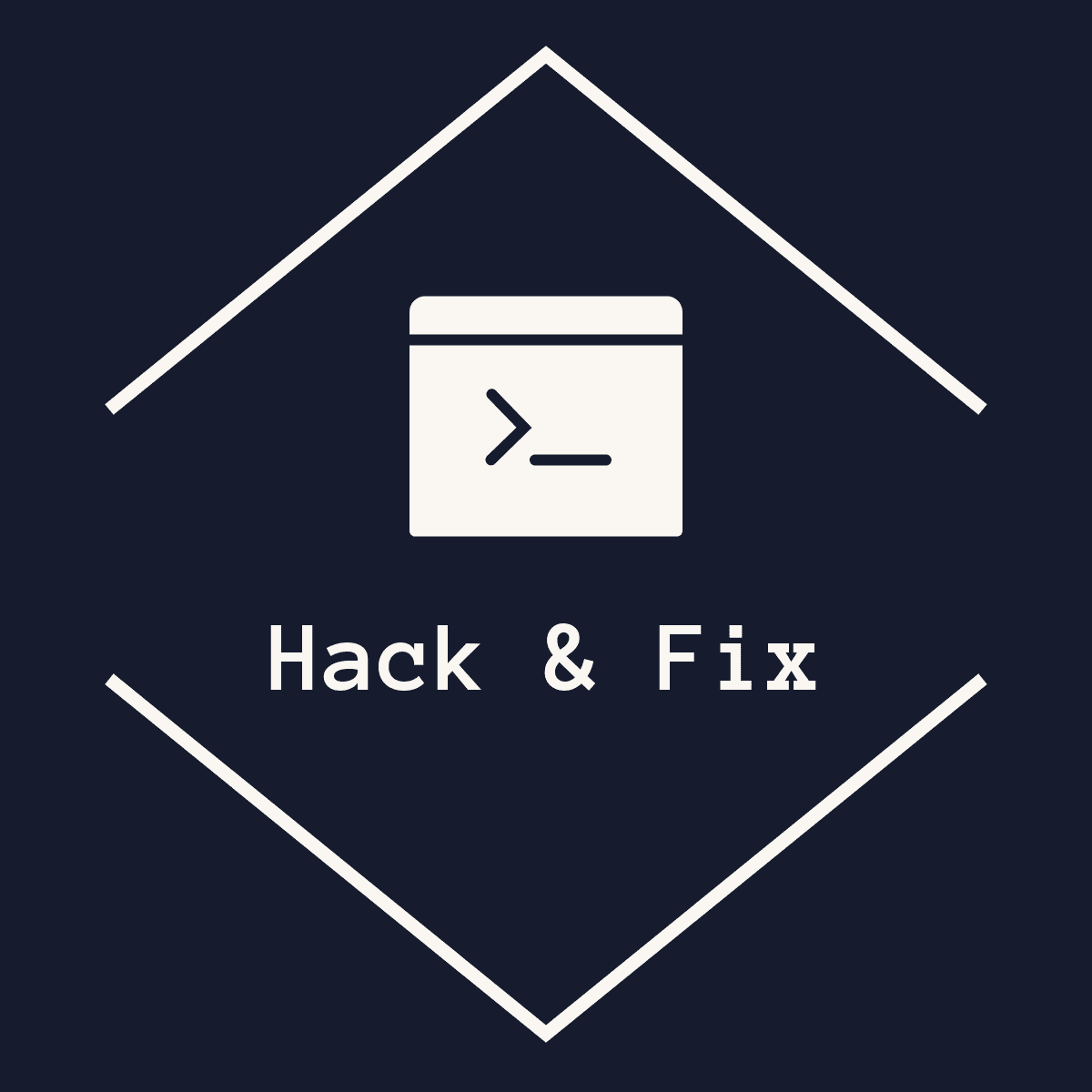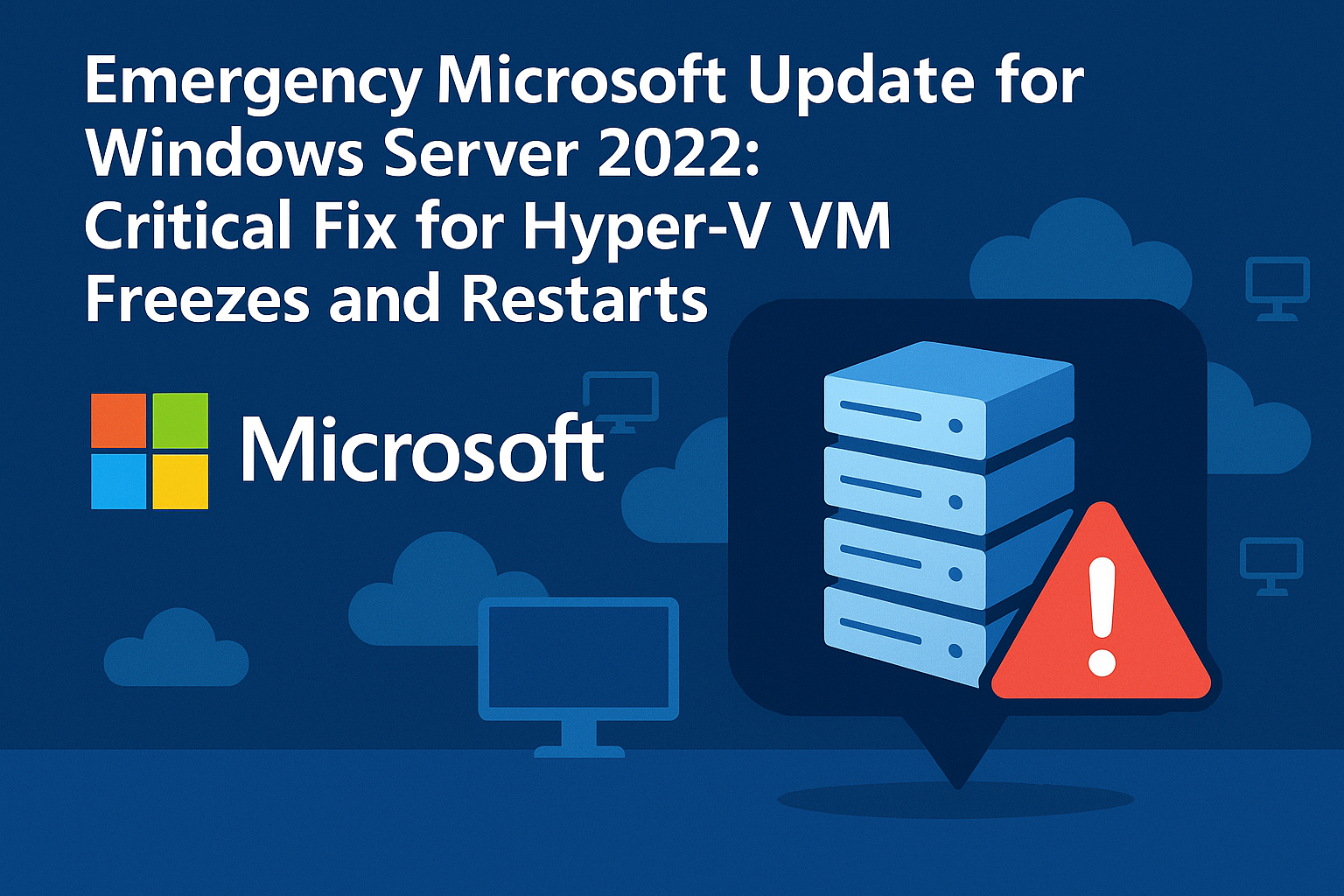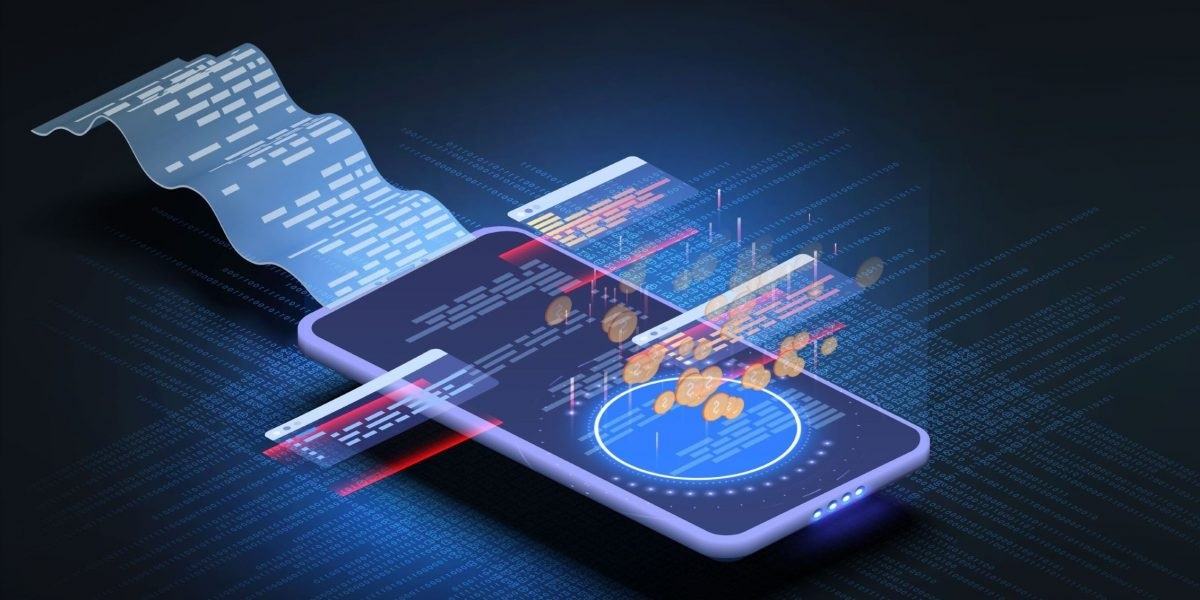The Silent Threat Inside AI: Critical Vulnerabilities Discovered in NVIDIA Riva
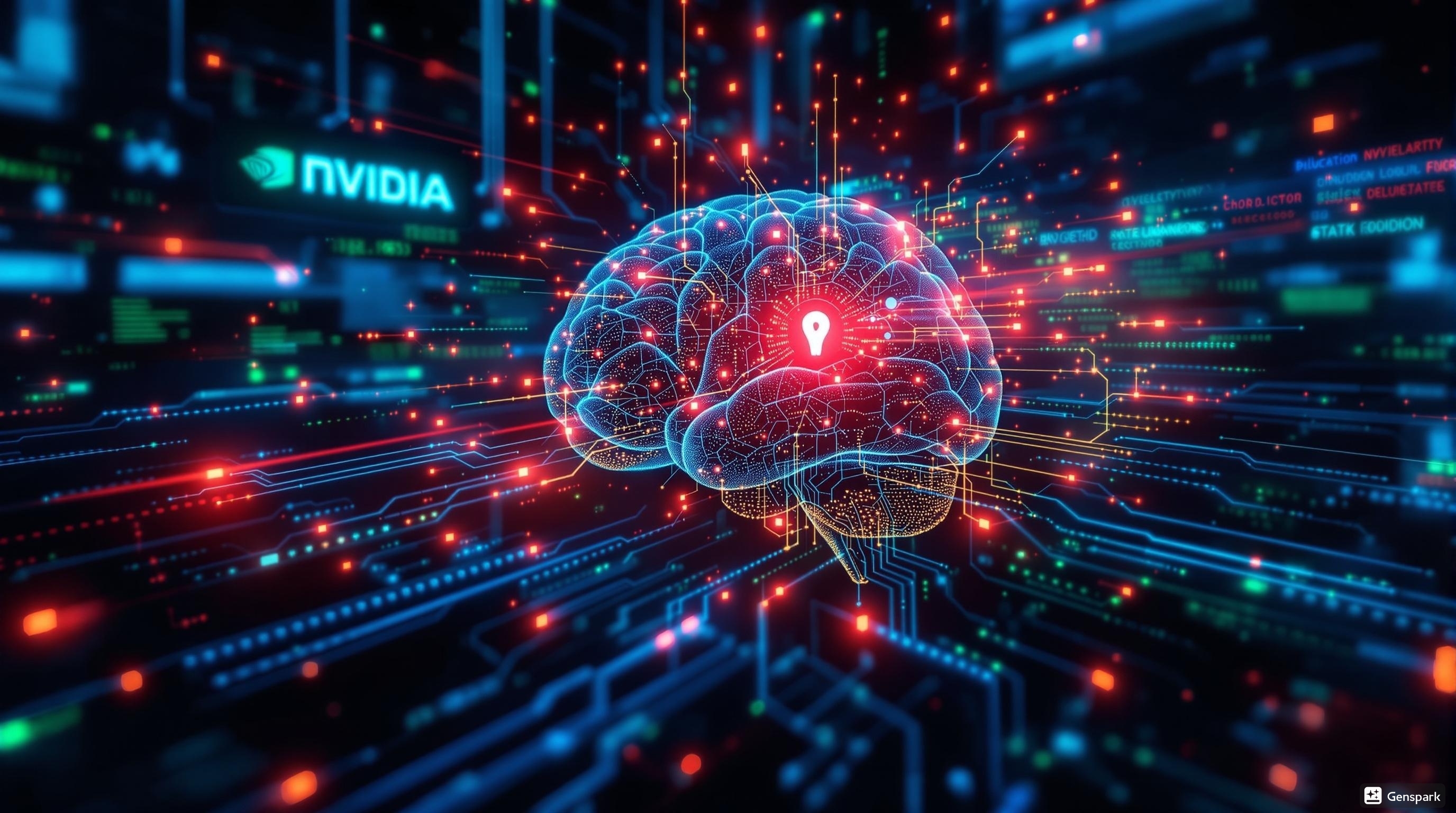
When AI Becomes the Attack Surface
In a digital landscape increasingly dominated by artificial intelligence, security researchers have uncovered a sobering reality: even the very engines powering the AI revolution can become prime targets.
According to a recent Trend Micro report, multiple critical vulnerabilities have been discovered in NVIDIA Riva, a popular AI SDK (Software Development Kit) designed for building conversational AI applications. These findings should serve as a stark wake-up call for any organization leveraging AI technologies, especially in sensitive sectors like finance, healthcare, or government.
This is not just an isolated technical flaw—it’s a clear signal that AI infrastructure is rapidly becoming the next frontier for cyberattacks.
What Is NVIDIA Riva and Why Should You Care?
NVIDIA Riva is an AI speech service framework that enables enterprises to create real-time translation, transcription, and voice recognition applications. It's widely adopted across industries, embedded deeply in customer service systems, IoT devices, and enterprise AI platforms.
Given its critical role in handling real-time voice and text data, a successful exploit against Riva could expose vast amounts of sensitive information, disrupt services, or even provide attackers a foothold into broader corporate networks.
In short: if your organization uses conversational AI solutions, this directly concerns you.
A Closer Look at the Vulnerabilities
Trend Micro’s research identified multiple high-severity issues in Riva that could allow attackers to:
Achieve Remote Code Execution (RCE)
Attackers could potentially send specially crafted inputs to exploit Riva’s speech processing services, gaining unauthorized control over the server.
Bypass Security Mechanisms
Poor input validation could enable attackers to circumvent authentication or input filtering mechanisms, leading to data breaches or system manipulation.
Cause Denial of Service (DoS)
Attackers could disrupt critical AI-driven services, causing outages in customer-facing applications and internal tools reliant on speech processing.
Some of the vulnerabilities stemmed from mismanaged memory operations, such as buffer overflows and improper parsing of user inputs—common pitfalls that become even more dangerous in real-time AI applications.
Important: NVIDIA has released security patches to address these vulnerabilities. Organizations running affected versions of Riva must apply the updates immediately.
Why This Discovery Matters: A New Cybersecurity Frontier
AI systems are typically trusted environments. Organizations often treat them as "black boxes"—complex, powerful, but assumed to be safe if implemented correctly. This assumption is dangerous.
AI platforms like Riva interact with external, often untrusted inputs (e.g., user voice commands, real-time text). This makes them a high-risk attack vector if the underlying code isn't properly secured.
As AI becomes more integrated into critical infrastructure, expect to see more targeted attacks on these systems.
We’re entering a world where AI security is no longer optional—it’s essential.
How Hack & Fix Helps Protect Your AI Assets
At Hack & Fix, we understand that the cybersecurity landscape is evolving faster than ever, and attackers are increasingly setting their sights on AI systems. Our approach to securing your AI and broader digital ecosystem includes:
1. AI Application Penetration Testing
Our specialized pentest team evaluates AI frameworks, APIs, and deployment environments like Riva to:
- Identify logic flaws unique to AI models
- Test for traditional vulnerabilities (RCE, DoS, etc.) at the AI interaction layer
- Simulate attacks that manipulate AI behaviors (prompt injections, data poisoning)
2. Infrastructure and Cloud Security Audits
Many AI services are cloud-hosted. We provide full-stack cloud security assessments to ensure your environment—whether AWS, Azure, or hybrid—is hardened against lateral movement or privilege escalation.
3. Threat Modeling for AI Systems
Before attackers find the flaws, we help you map them:
- Analyze your AI architecture to spot weak links
- Model attacker paths, especially where AI services interact with public users
- Recommend mitigations aligned with industry best practices (e.g., OWASP Top 10 for Machine Learning)
4. Regular Vulnerability Scanning & Patch Management
AI platforms evolve rapidly. We provide ongoing scanning and security update advisory services to ensure critical patches, like those issued for NVIDIA Riva, are identified and applied without delay.
Conclusion: Don't Let Your AI Become Your Achilles’ Heel
The discovery of critical vulnerabilities in NVIDIA Riva shows that AI is not just a technological breakthrough—it’s also a security risk if not properly managed.
The companies that succeed in the AI-driven future will be those who treat AI security with the same rigor as their network, application, and endpoint protections.
At Hack & Fix, we help forward-thinking organizations anticipate, detect, and neutralize the next generation of cyber threats—including those targeting AI infrastructure.
Don’t wait for an AI breach to react. Be proactive! Contact Hack & Fix today for AI security assessment consultation.
